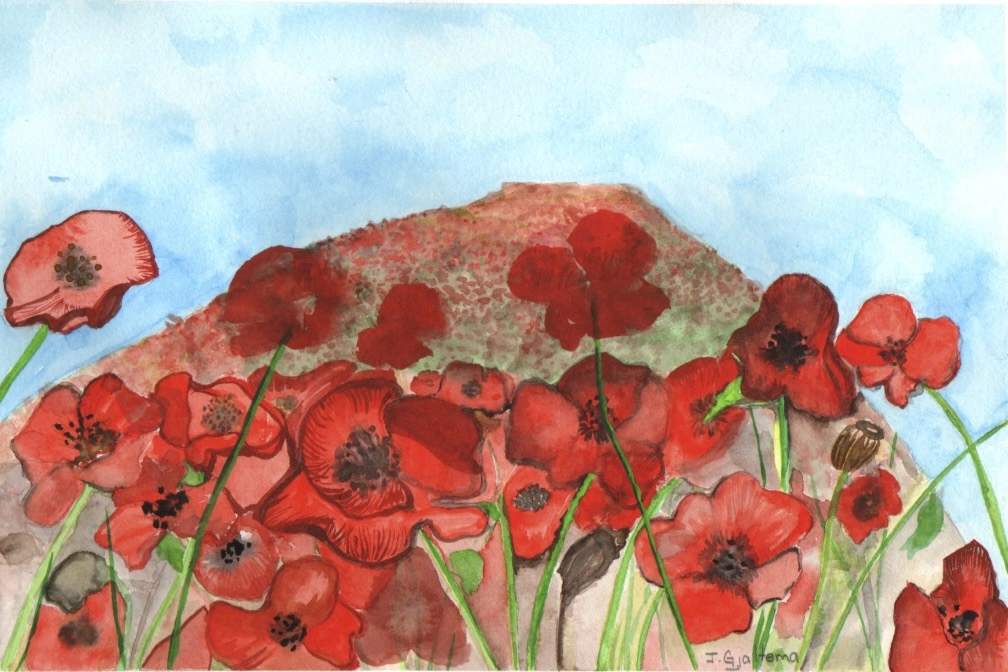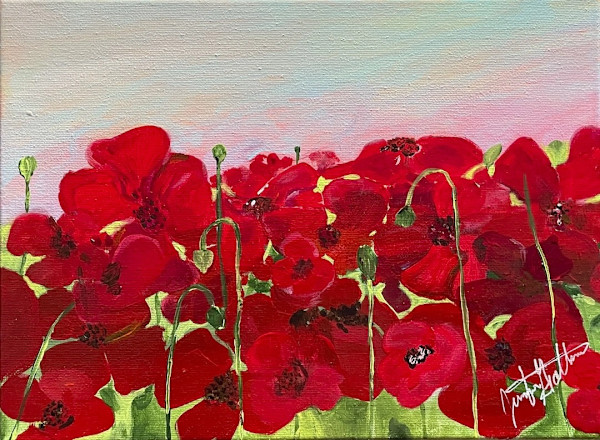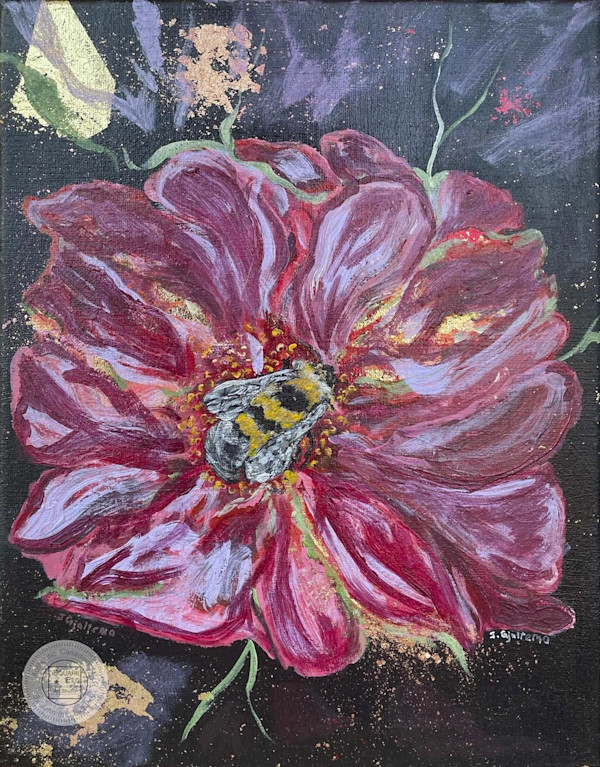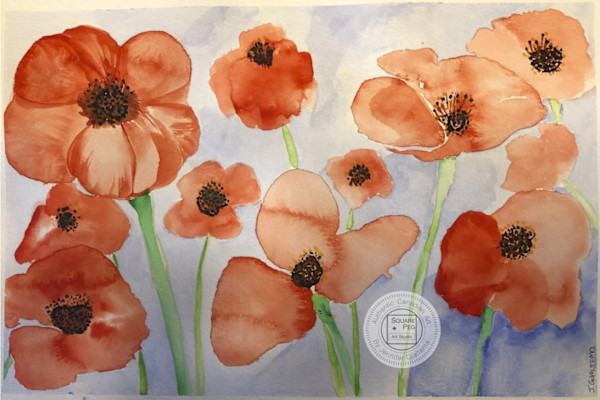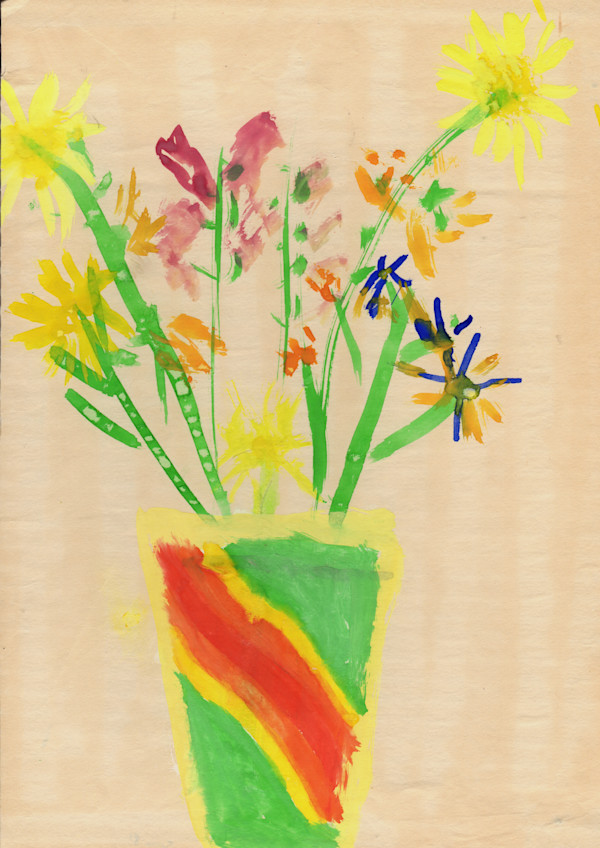The familiar symbol of the poppy owes much of its fame to Canadian poet and soldier John McCrae. In Flanders Fields, McCraes best-known poem, was inspired by and made reference to the poppies which grew along the Western Front. It opens ... In Flanders fields the poppies blow / Between the crosses, row on row …
The blood-red poppy is associated with the fighting armies of Europe, and the flowers often overgrew the mass graves left by battles. During the First World War, enormous artillery bombardments completely disrupted the landscape, infusing the chalk soils with lime. The poppies thrived in the environment, their colours standing out against the blasted terrain.
In 1921, the Great War Veterans Association, adopted the poppy as a symbol of remembrance. The Canadian Legion, formed in 1925, continued this connection. The poppy was worn on the left lapel and close to the heart to recognize the sacrifice of soldiers in times of war. They were initially made by disabled veterans and the proceeds of sales, then and now, go towards funding veterans needs.
The poppy remains an enduring symbol of remembrance in Canada, Great Britain, the nations of the Commonwealth, and in the United States for those who served or fell in service of their country.
- Subject Matter: Poppies - Rememberance
- Collections: ArtPal, Rememberance

